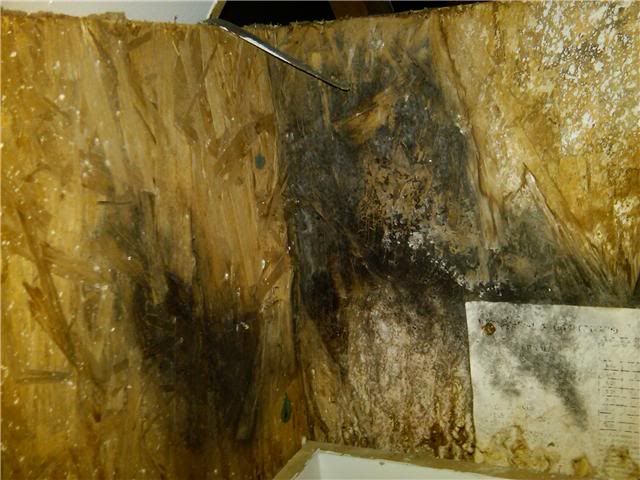The reason home needs more than a little humidity added in the winter has nothing to do with the heat source. Your contractor doesn't understand what's happening within your home but that's no surprise. I didn't understand for most of my career either. But here's the straight scoop.
1. The warmer air is, the more moisture it can hold.
2. The amount of moisture actually in the air in relation to how much mositure the air can hold at a given temperature is what we call Relative Humidity, (RH).
3. In winter, the outdoor air generally has a RH level of between 35% and 50%. Keep in mind now, thats at outdoor temperatures. To put a number on it, let's say it's 35F outdoors and the air is at 50% RH. If we measured the amount of moisture in the air, say 10-grains, we know that at 35F the air could hold 20-grains because it's only at 50% capacity. Right?
4. Bring that 35F air @ 50% RH into your home and warm it up to 70F and guess what? Now that 70F air could hold 30-grains of moisture, so the RH just fell to 33%, just because we warmed the air. Mind you, it doesn't matter what warms the air, it's just the fact that it warms up that drives the RH down. And so that's where the humidifier comes into play.
5. If the RH of the air coming into the home drops from 50% to 33% because the grains of moisture stayed constant, then adding 5-grains of moisture to the air as it warms would increase the total grains to 15 and since 15 is 1/2 or 50% of the total 30-grains the air can hold at 70F, you've now.
Now that you know what RH is and how the cold air coming in from outdoors is affected, you should be able to see the problem. The problem is that air is escaping from your home, which requires new, cold air to come indoors, where it gets warmed by hour heat pump or fossil fuel system and the RH level drops just because it warmed up and still have the same grains of moisture that it had outdoors at 35F.
My recommendation is to first plug all the leaks in the house. Stop the exfiltration and infiltration of air as much as you can. Then install a humidifier if still needed. Unless you've got a very large home or a very leaky house, you can probably do with much less than a steam humidifier.





 Reply
Reply





